Picture this: you’re planning the fishing trip of a lifetime, dreaming of waters teeming with fish just waiting to bite your hook. But what if those legendary fishing spots have become little more than underwater ghost towns? Unfortunately, that’s the reality for many of the world’s once-famous fishing destinations.
Here is a list of 18 fishing destinations that have been overfished and left largely empty of their former abundance.
Grand Banks, Newfoundland
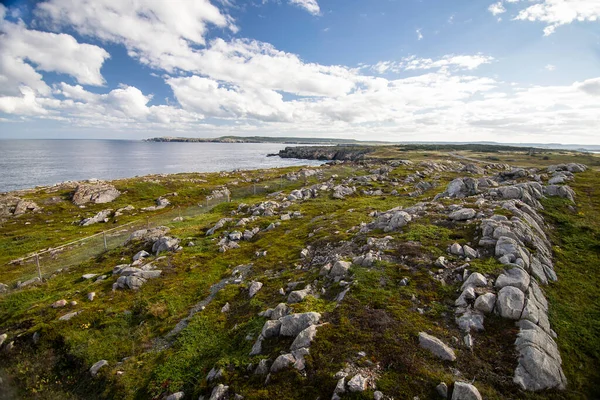
The Grand Banks off Newfoundland were once so thick with cod that early explorers claimed you could practically walk across the water on their backs. For five centuries, these shallow underwater plateaus provided a seemingly endless supply of Atlantic cod, haddock, and other fish. The cold Labrador Current mixing with the warm Gulf Stream created perfect conditions for marine life to thrive.
=By 1992, after decades of intensive industrial fishing, the Canadian government was forced to declare an indefinite moratorium on cod fishing as stocks collapsed to just 10% of 1960s levels. Today, rusted trawlers sit abandoned in what were once bustling fishing ports, and the ecosystem has shifted so dramatically that scientists question whether it can ever fully recover.
Aral Sea, Kazakhstan and Uzbekistan
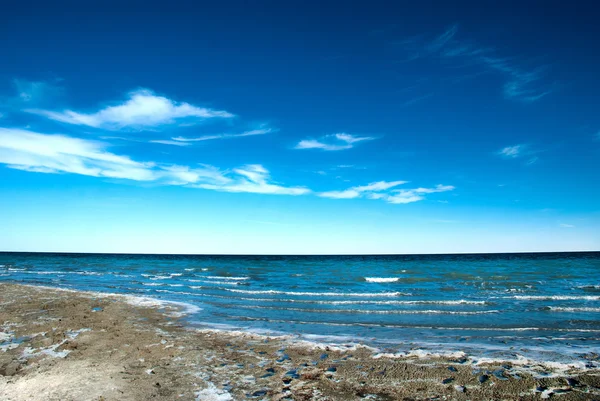
The Aral Sea was once the fourth-largest lake in the world, covering an area roughly half the size of England. At its peak in 1957, it produced more than 48,000 tons of fish, representing roughly 13 percent of the Soviet Union’s fish stocks. When Soviet planners diverted the rivers feeding the sea to irrigate cotton fields in the 1960s, the water level plummeted and salinity skyrocketed.
By the 1980s, due to the rising salinity of the sea, the 20 native species of fish were decimated; commercial harvests plummeted to zero by 1987. The northern portion has seen some recovery thanks to restoration efforts, but the southern basin remains a salt-crusted wasteland where fishing boats lie stranded miles from any water.
Like Travel Pug’s content? Follow us on MSN.
Georges Bank, Atlantic Coast
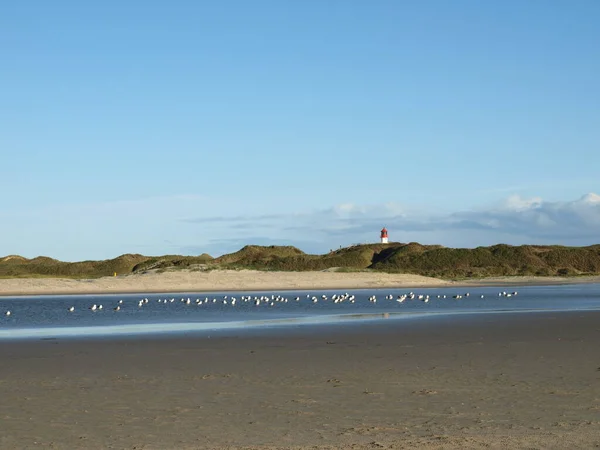
Georges Bank stretches from Cape Cod toward Nova Scotia, creating another prime fishing ground where cold and warm currents meet. This underwater plateau was historically one of North America’s most productive fishing areas, especially for cod, haddock, and flounder. Intensive bottom trawling and industrial fishing throughout the late 20th century severely depleted fish populations.
The 200-mile exclusive economic zones established in 1977 were meant to protect these waters, but domestic fleets simply replaced foreign ones in the race to harvest what remained. Today, strict quotas and seasonal closures attempt to rebuild stocks that are still a fraction of their historical abundance.
North Sea, United Kingdom and Norway
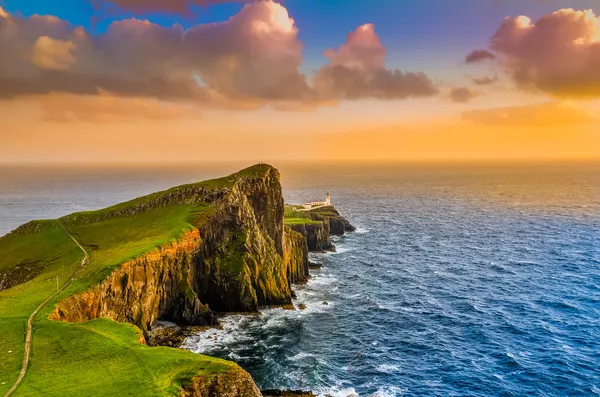
The North Sea between Britain and Scandinavia has been fished for over a thousand years, but modern industrial methods pushed it to the breaking point. Massive factory ships and bottom trawlers scoured the seafloor throughout the mid-20th century, targeting cod, haddock, plaice, and herring. Bottom trawling catches across the region, including Portugal, have declined by up to 90% since the 1960s, and similar declines have hit British waters.
While some management measures have been implemented, many North Sea fish stocks remain well below sustainable levels. The ecosystem has fundamentally changed, with jellyfish and smaller species replacing the large groundfish that once dominated these waters.
Mediterranean Sea, Southern Europe
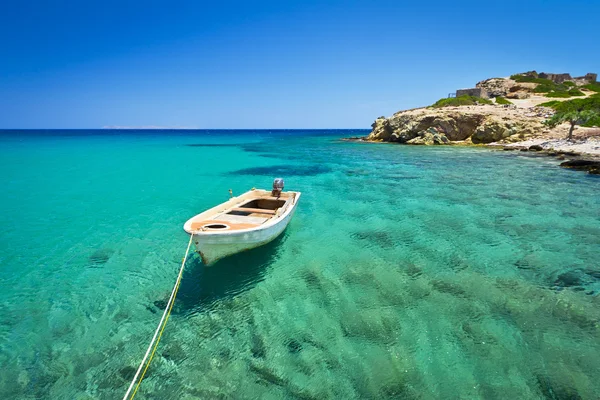
The Mediterranean might look like a vacation paradise, but beneath its blue surface lies an ecological disaster. Currently, over 70% of assessed stocks are fished outside biologically sustainable limits. Bottom trawling has destroyed crucial seafloor habitats, while overfishing has devastated everything from bluefin tuna to sardines.
Small-scale fishing communities that sustained families for generations now struggle to make ends meet. The warm, enclosed nature of the Mediterranean makes recovery particularly difficult, as fish have nowhere to escape when local populations crash.
Like Travel Pug’s content? Follow us on MSN.
Peruvian Coast, South America
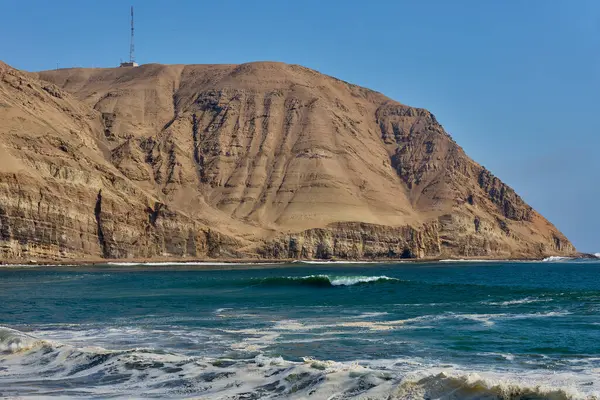
Peru’s coastal waters were once home to the world’s largest single-species fishery: Peruvian anchovies. These small silver fish formed massive schools that supported not just a huge fishing industry but entire marine ecosystems. The Peruvian coastal anchovy fisheries crashed in the 1970s after overfishing and an El Niño season largely depleted the Peruvian anchovetas from its waters.
In 1971 alone, Peru harvested over 10 million metric tons of anchovies, but within five years, catches had dropped to just 4 million tons. The collapse rippled through the entire food web, affecting seabirds, marine mammals, and the communities that depended on this bounty.
Irish Sea, Ireland and United Kingdom
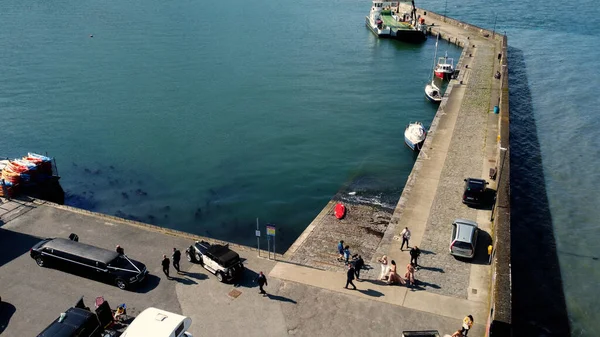
The Irish Sea sits between Ireland and Great Britain, creating a relatively enclosed fishing ground that’s been exploited for centuries. Its sole fisheries became legendary among European anglers, but intensive commercial fishing pushed them beyond sustainable limits. The sole fisheries in the Irish Sea, the west English Channel, and other locations have become overfished to the point of virtual collapse, according to the UK government’s official Biodiversity Action Plan.
Beam trawling and other destructive fishing methods damaged the seafloor habitat that young fish need to survive. Recovery efforts are underway, but progress remains frustratingly slow.
West English Channel, United Kingdom and France
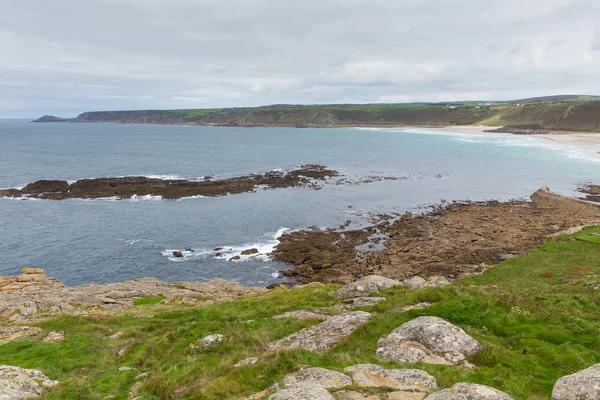
The waters between southwestern England and northern France were once famous for their diverse fish populations and productive fishing grounds. Dover sole, plaice, and various species of ray supported both commercial fleets and recreational anglers for generations. Decades of intensive trawling and overfishing have left many areas barren.
The English Channel’s relatively shallow waters made it particularly vulnerable to bottom-disturbing fishing gear, which destroyed essential nursery habitats. Today, many traditional fishing ports along the channel have been converted to marinas for pleasure boats.
Like Travel Pug’s content? Follow us on MSN.
Baltic Sea, Northern Europe
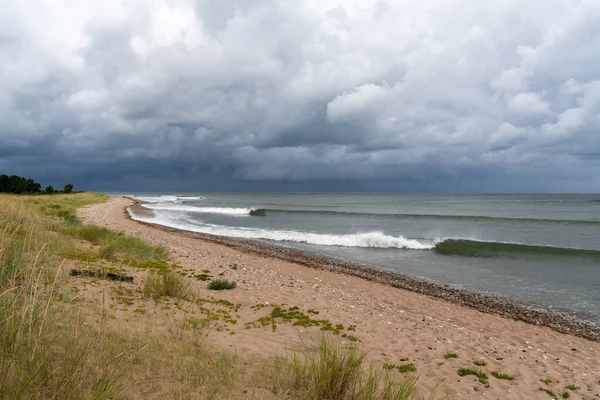
The Baltic Sea presents a unique challenge as a nearly enclosed body of water surrounded by multiple countries with different fishing policies. Its cold, brackish waters historically supported large populations of cod, herring, and sprat. Overfishing combined with pollution and climate change has created a perfect storm of problems.
Baltic cod stocks have collapsed so severely that scientists recommend ending all targeted fishing. The sea’s low salinity and limited water exchange make recovery particularly difficult, as there’s nowhere for fish populations to rebuild from nearby healthy stocks.
Chesapeake Bay, Eastern United States
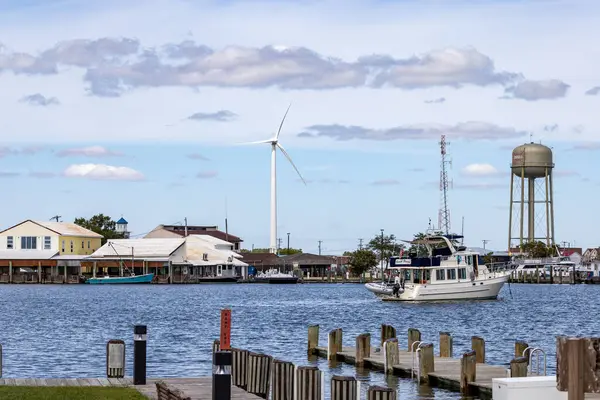
America’s largest estuary was once so rich with oysters that early colonists complained their ships ran aground on massive reefs. The Chesapeake also supported huge populations of striped bass, blue crabs, and dozens of other species. Centuries of overfishing, pollution, and habitat destruction have reduced oyster populations to less than 1% of historical levels.
While striped bass have made a partial comeback thanks to strict management, many other species remain at dangerously low levels. The bay’s complex ecosystem means that the loss of filter-feeding oysters has made water quality problems worse, creating a vicious cycle.
Sea of Japan, Asia
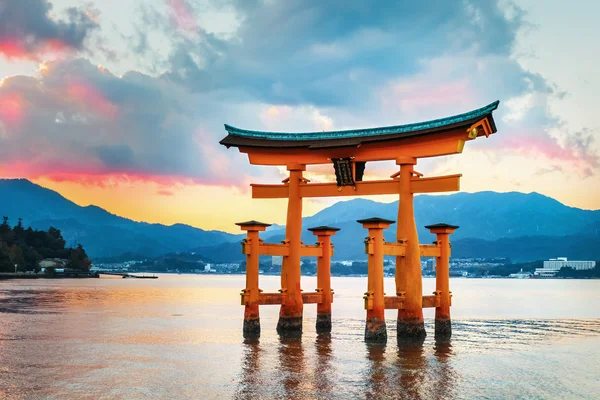
The Sea of Japan, bordered by Russia, North Korea, South Korea, and Japan, once teemed with valuable species like Japanese sardines, Alaska pollock, and various species of tuna. Industrial fishing fleets from multiple nations converged on these waters throughout the latter half of the 20th century.
Political tensions between the surrounding countries made coordinated management nearly impossible, leading to a free-for-all that decimated fish stocks. Many traditional Japanese fishing communities have been forced to abandon their ancestral livelihoods as the sea that sustained them for centuries can no longer provide.
Like Travel Pug’s content? Follow us on MSN.
Caspian Sea, Central Asia
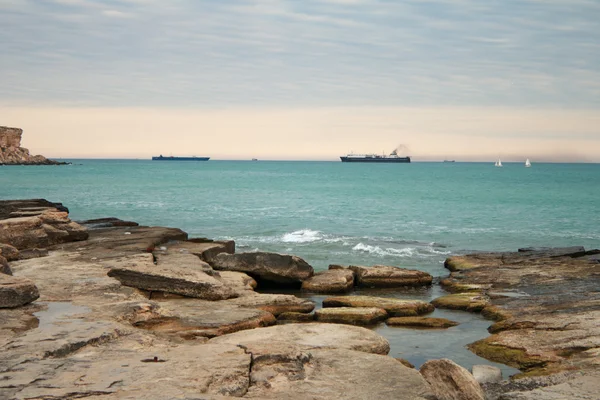
The world’s largest inland body of water, the Caspian Sea, was historically famous for its sturgeon and the precious caviar they produced. These ancient fish lived for decades and grew to enormous sizes, making them particularly vulnerable to overfishing. The collapse of the Soviet Union led to a period of lawless fishing, with poachers using everything from dynamite to helicopter-dropped nets.
We see the same in Japan, where the catch peaked in 1972 at 4 million tonnes and has since fallen by around 90% to 400,000 tonnes. The Caspian’s sturgeon populations have crashed by over 90%, turning what was once a symbol of luxury into a conservation nightmare.
Caribbean Sea, Central America and Caribbean
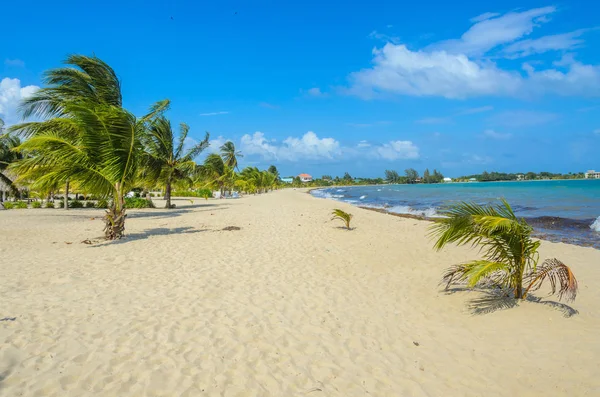
The warm, clear waters of the Caribbean seem perfect for fishing, but this tropical paradise has been fished nearly empty. Coral reefs that once supported incredible biodiversity have been stripped of their larger fish through generations of overfishing. Grouper, snapper, and parrotfish populations have collapsed across much of the region.
The loss of herbivorous fish has allowed algae to smother coral reefs, creating a cascade of ecological problems. Many Caribbean nations now import fish to feed their populations, despite being surrounded by water.
Yellow Sea, China and Korea
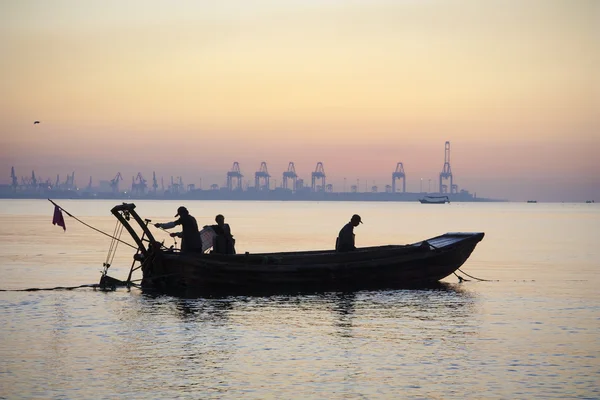
The Yellow Sea between China and the Korean Peninsula was once one of Asia’s most productive fishing grounds. Its shallow waters and nutrient-rich sediments supported massive populations of croaker, hairtail, and other commercially important species. China’s rapid economic development brought industrial-scale fishing fleets that quickly overwhelmed the sea’s capacity to regenerate.
Pollution from coastal cities and agricultural runoff has made the situation worse, creating dead zones where few fish can survive. Traditional fishing communities on both sides of the sea have watched their livelihoods disappear within a single generation.
Like Travel Pug’s content? Follow us on MSN.
East China Sea, China and Japan
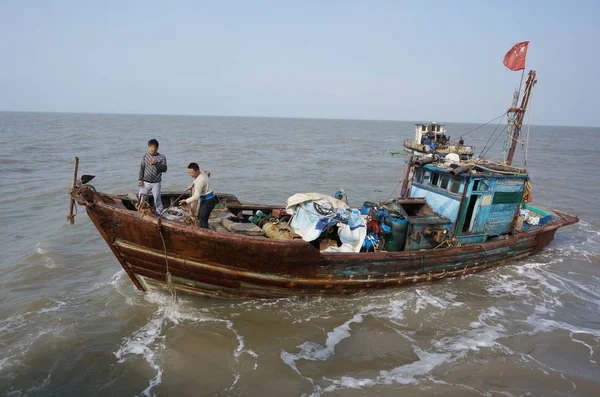
Lying between China and Japan, the East China Sea historically supported some of the world’s most valuable fisheries. Large yellow croaker, small yellow croaker, and chub mackerel formed the backbone of the fishing industries in both countries. Territorial disputes over fishing rights led to intense competition and overexploitation.
Advanced fishing technology allowed fleets to locate and capture fish faster than they could reproduce. Many species that were once abundant enough to support commercial fisheries have been reduced to tiny remnant populations barely detectable in scientific surveys.
Southern Ocean, Antarctica
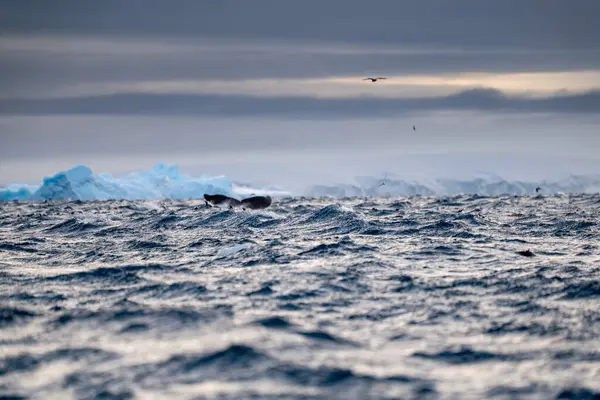
The icy waters around Antarctica might seem remote, but they’ve become the target of industrial fishing fleets seeking valuable species like Patagonian toothfish (marketed as Chilean sea bass) and Antarctic krill. The extreme cold and isolation make these waters particularly vulnerable to overfishing, as recovery happens slowly, if at all.
Illegal fishing vessels often operate in these remote areas where enforcement is nearly impossible. The loss of krill has cascading effects on the entire Antarctic ecosystem, affecting everything from penguins to whales.
Bering Sea, Alaska and Russia

The Bering Sea between Alaska and Russia was once famous for its incredible abundance of fish and crab. King crab, snow crab, and pollock supported some of the world’s most lucrative fisheries. Intensive fishing pressure and changing ocean conditions have caused dramatic population swings, with some species crashing so severely that entire fisheries have been shut down.
The dangerous conditions and extreme weather make this one of the world’s deadliest fishing grounds, but the potential profits have kept fleets coming despite the risks and declining catches.
Like Travel Pug’s content? Follow us on MSN.
Barents Sea, Norway and Russia
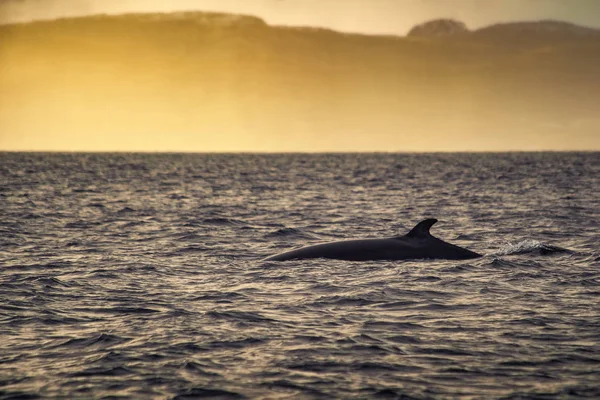
The frigid waters of the Barents Sea, north of Norway and Russia, were historically home to massive populations of Arctic cod. These cold-water fish grow slowly and live long lives, making them particularly vulnerable to overfishing. Joint management between Norway and Russia has had some success, but climate change is now shifting fish populations northward into unmanaged waters.
The retreat of sea ice is opening new areas to fishing while disrupting traditional migration patterns that fish populations have followed for millennia.
Where Yesterday’s Abundance Becomes Tomorrow’s Caution
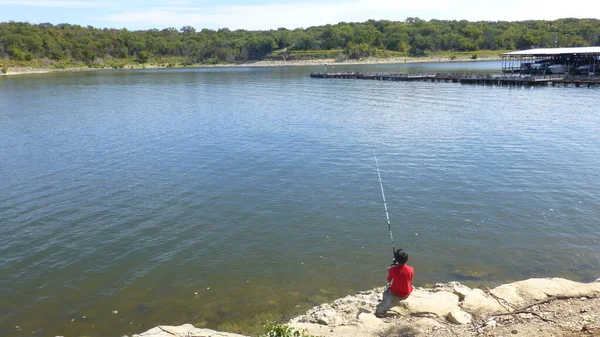
The transformation of these once-abundant fishing destinations into ecological shadows of their former selves tells a sobering story about our relationship with the ocean. What took nature millions of years to build, we’ve managed to deplete in mere decades through industrial-scale fishing and poor management. The empty nets and abandoned fishing ports scattered across these regions serve as monuments to short-term thinking that prioritized immediate profits over long-term sustainability.
Yet some success stories, like the partial recovery of the North Aral Sea, prove that with proper management and international cooperation, even seemingly hopeless situations can improve. The question now is whether we’ll learn from these mistakes quickly enough to prevent the next generation of fishing destinations from joining this list of the overfished and empty.
More from Travel Pug

- 20 Best Beach Towns in the Carolinas
- 13 Destinations Where Tourists Regularly Regret Their Trip
- 20 Things You Actually Get in First Class
- 20 Small Airports With Aviation Museums
- 20 Places in the U.S. That Are Perfect for a Reset Trip
Like Travel Pug’s content? Follow us on MSN.
